“As a child, I often would go back home to spend my summers in Tokyo with my grandparents. A memory that stays with me are the trips we would take to Kamakura and Hayama. Hotels and ryokans treated every guest like a VIP—no matter if this was the first stay or the 100th stay. The attentive staff was neither pushy nor clingy nor obtrusive. It was a perfect balance. Everything from the first warm greeting to the way meals were prepared and served was an experience, executed smoothly and with such precision it never felt forced or unnatural. Moreover, the hotels had this uncanny sense of knowing what the guests needed. Every time I left, I couldn’t wait to come back again.“
The quote (bold emphasis is mine) is taken from a blog post by Mari Yamaguchi, who comes from a Customer Experience Design and Voice of the Customer background, and gives a good illustration of the five basic principles that underpin the Japanese custom of Omotensahi.
- Greet the customers
- Be friendly / smile
- Use appropriate language
- Be presentable
- Act appropriately
As business managers / owners I wonder how many of your team aspire to provide that level of service? Is it part of your culture too? Do your clients say, “I couldn’t wait to come back again?”
Are you able to say we have “..an implicit understanding that there are no menial tasks if the result ensures a great experience…”
In search of excellence
It doesn’t matter the size of your business or industry, operational and decision making processes can always be improved. Taking time to reflect in a non judgemental way is an essential part of the technique Knowledge & Information Professionals call Learning Before, During & After.
As a relatively young business (5 years old this month) Bees Homes has set out to provide exceptional customer service and to use it as a market differentiator. A quick glimpse of its current portfolio amplifies the strapline “Selling Beautiful Properties from the Downs to The Weald”!
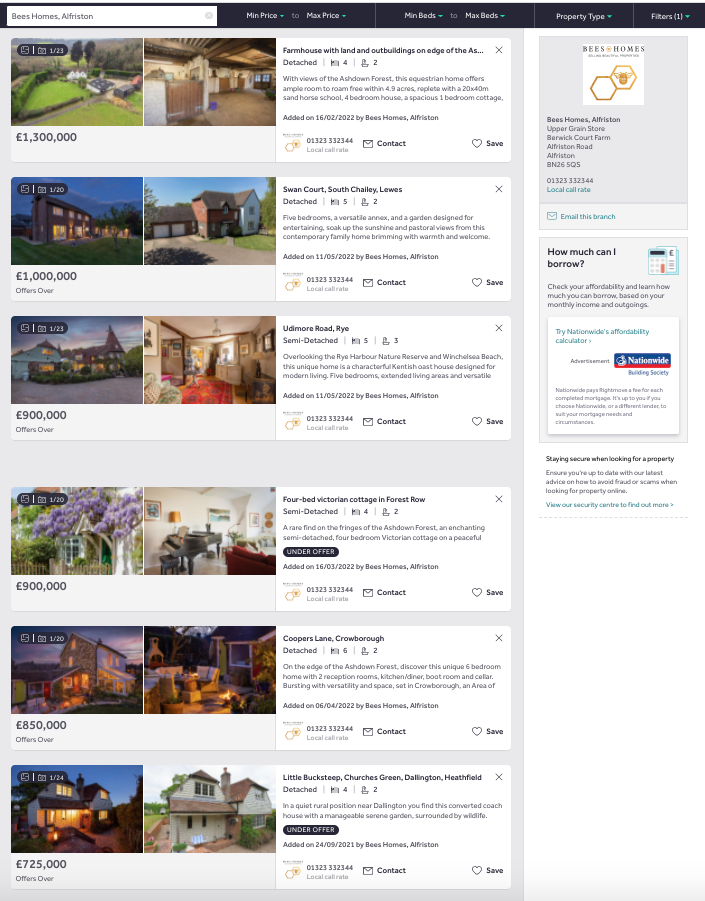
First impressions count. Since 90% of property sales originate from online searches it’s essential to stand out from the crowd. Great presentation is key to getting a listing noticed and potential buyers interested and willing to pay a premium.
Bees Homes ‘Tailored Marketing’ (part of a trademarked process – 5Hive) is subject to continual improvment and refinement. Core, is the art of presenting the client’s home to its maximum potential. And to achieve that, a wide range of experienced and talented professionals with complimentary skill sets are deployed at the photoshoot along with an array of accessories and artifacts for staging and styling.
Each event is planned with military precision with estimated timings for each phase, the order in which rooms are to be staged and the role to be played by each professional.
The lead agent needs to ‘see through the lens’ of the photographer and imagine how an image will look online and in the bespoke coffee table brochure that’s produced for each property.
She/he needs to capture enough of the DNA of the property that the Copywriter and Designer can incorporate it in the brochure. And she/he needs to ensure the client is delighted with both the event and the resulting marketing collateral.
Each of these events throw up learnings that are fed back into operational processes. Here’s how:
Learning after: “Pause & Reflect”
Each Pause & Reflect session is run no more than 2/3 weeks after the event and lasts for a maximum of two hours.
It is led by someone who was not at the event and features those who were.
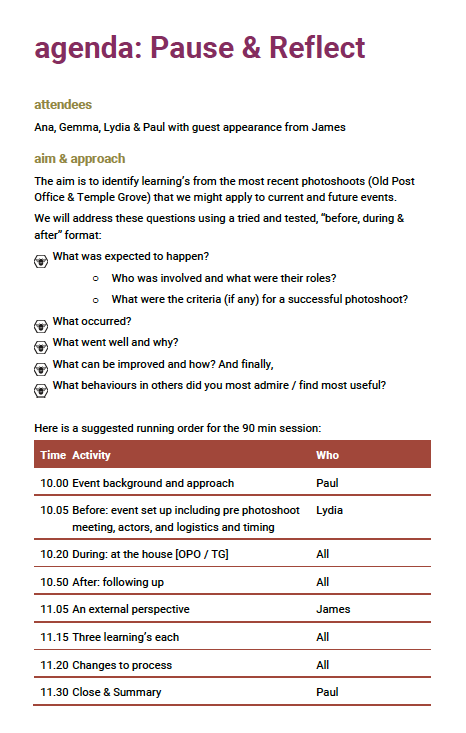
So many organisations fail to engage with the people who work alongside them. In the above example James (our photographer) was able to input a number of valuable insights and suggestions that will improve the conduct future projects and the result for the client.
As an illustration, a list of 10 enhancements emerged from the latest session all of which have been fed back into Bees Homes Tailored Marketing process. The latest brochure of a very desirable property in Rye reflects a couple.
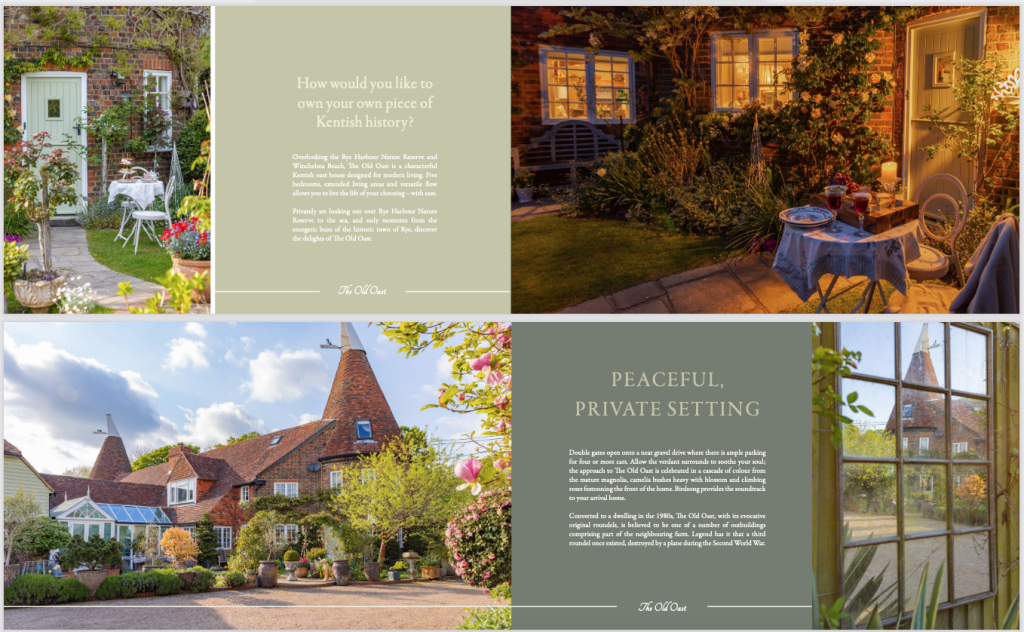
And finally
Bees Homes is fortunate to be led by Ana Aguilar-Corney who is a qualified Interior Designer and experienced design blogger. Ana is able to use her skills to help the team present a property in a compelling way so that prospective buyers can imagine themselves living there.
Successful businesses draw on a variety of skills and give voice to the people who work alongside them. They are willing to hold up their hands when things don’t work out the way they’d planned but (and this is a differentiator) they are constantly seeking a pathway to excellence through process improvement. Dare I say it, to a culture of Omotenashi?

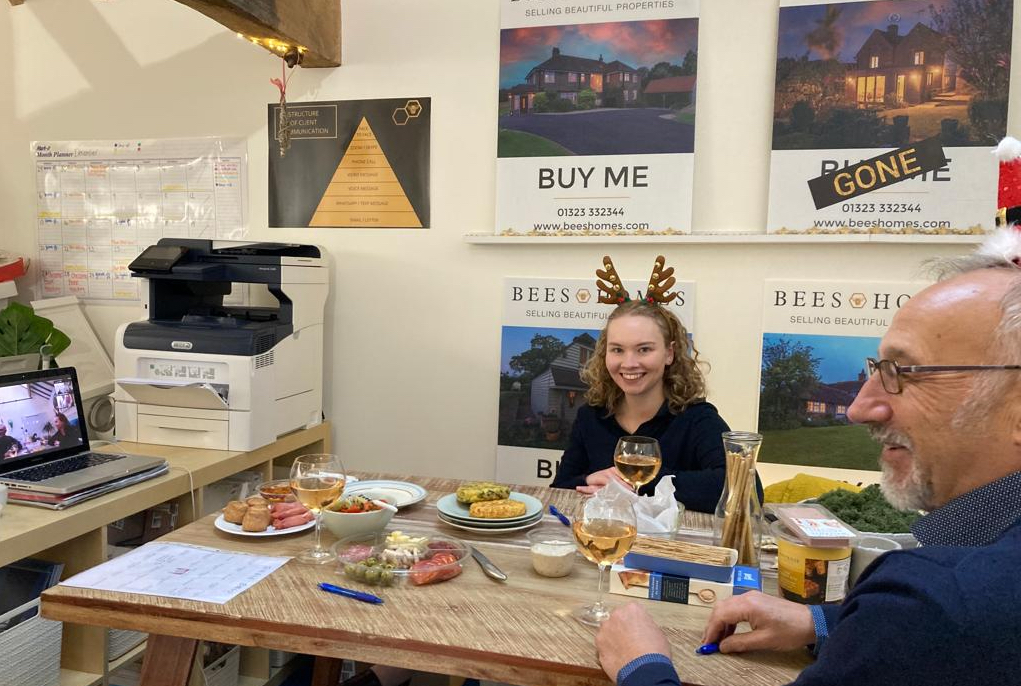
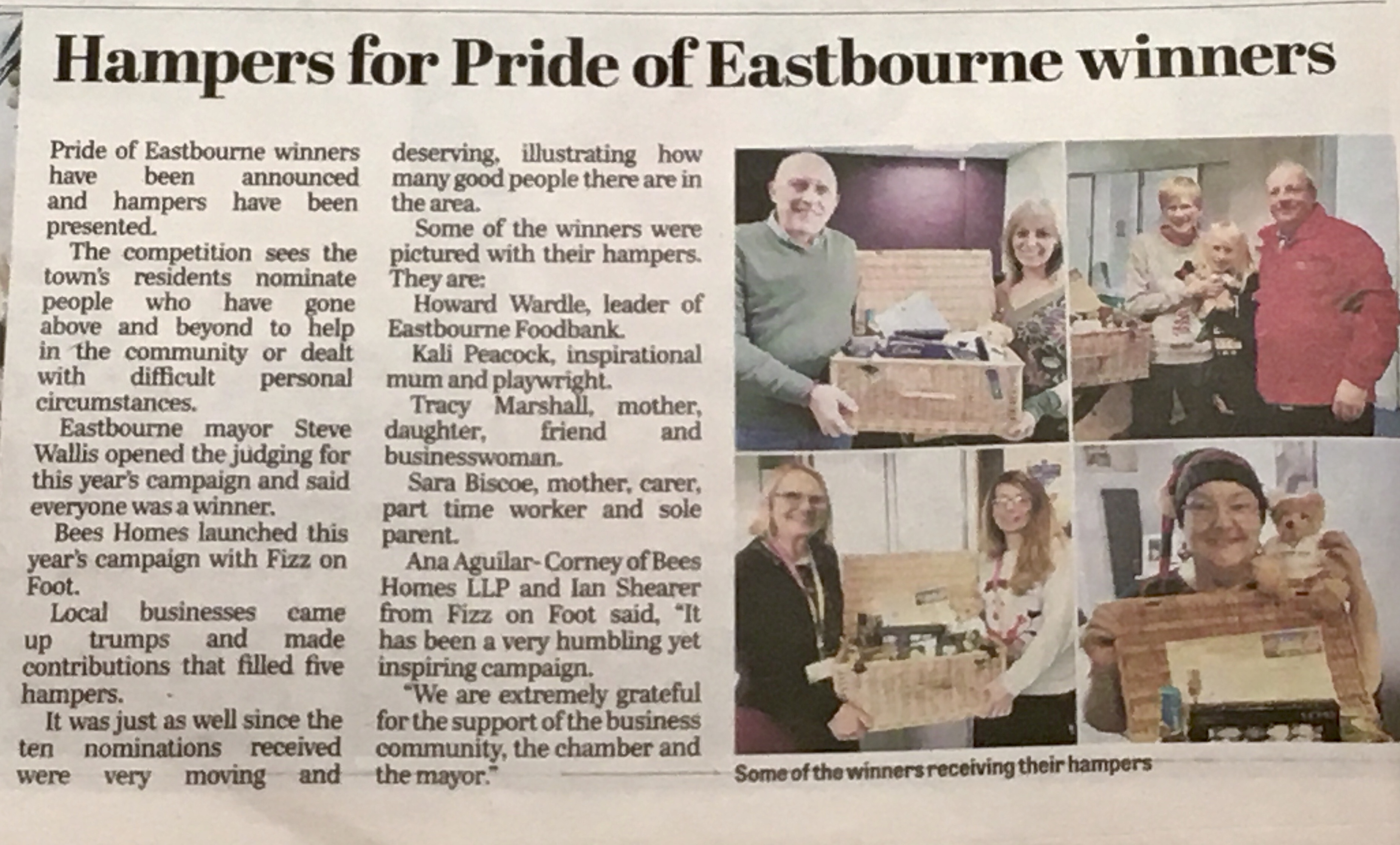
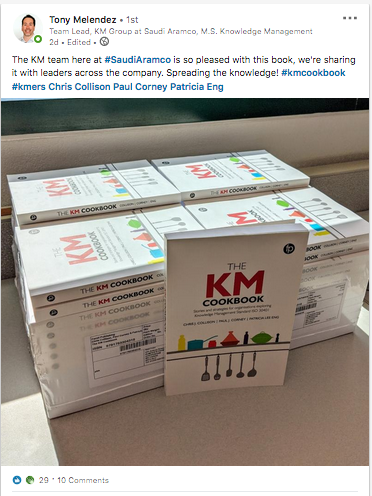
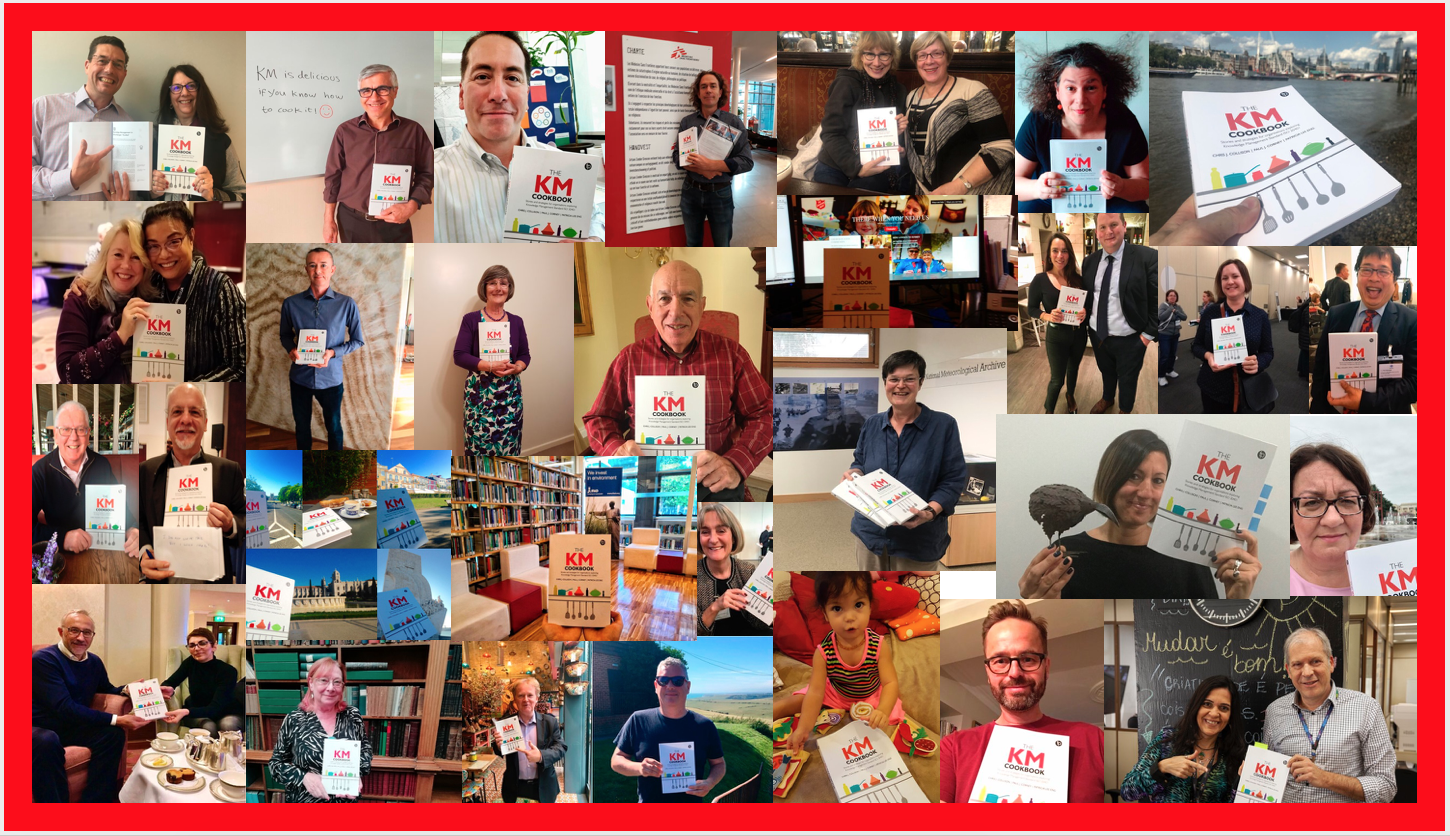
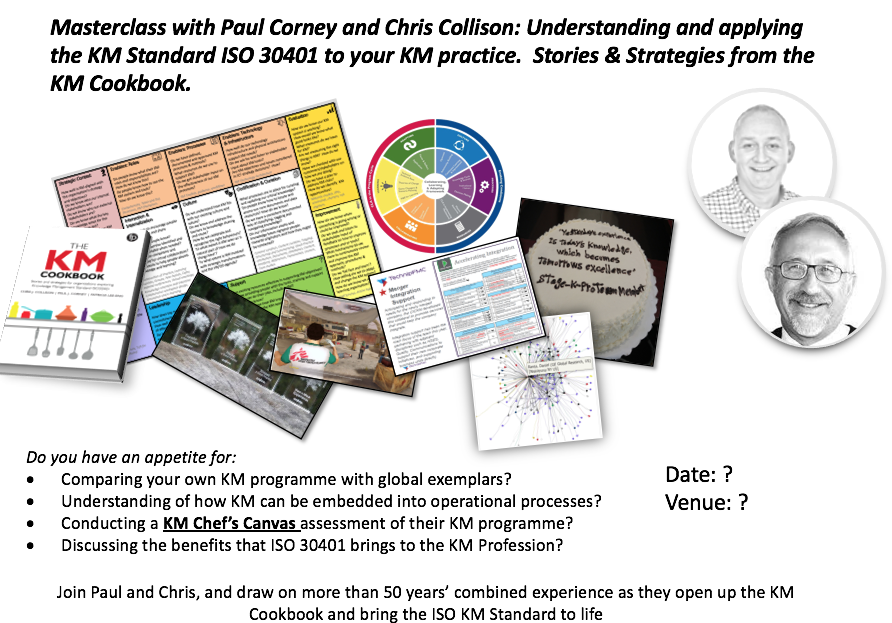



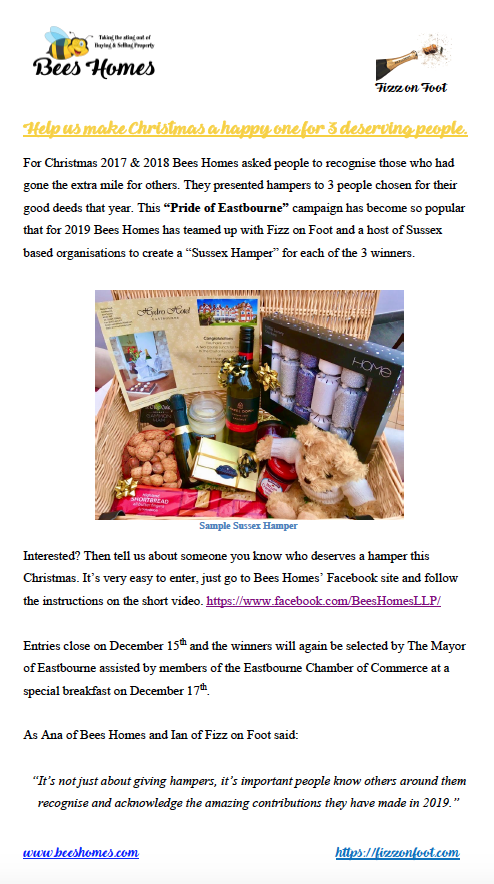
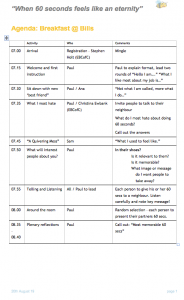 Unbeknown to the 32 delegates who’d assembled at Bill’s it was to be a journey beyond their comfort zones. I decided to make it an experiential session rather than the usual 10 minute ‘show and tell’ after breakfast.
Unbeknown to the 32 delegates who’d assembled at Bill’s it was to be a journey beyond their comfort zones. I decided to make it an experiential session rather than the usual 10 minute ‘show and tell’ after breakfast.

Euan Semple you and I have talked before about having a portfolio of activities where a thin red line or thread connects everything you do. I know many people who’ve taken a jump from the security of a “day job” to being in what today is known as the gig economy. And in the majority of cases they are more fulfilled emotionally if less financially enriched. I’ve watched your journey from corporate to ‘consultant’ to ‘traveller’ with admiration. I’ve always believed that people are judged by the stories others tell about them. You’ve spawned many. Keep travelling!